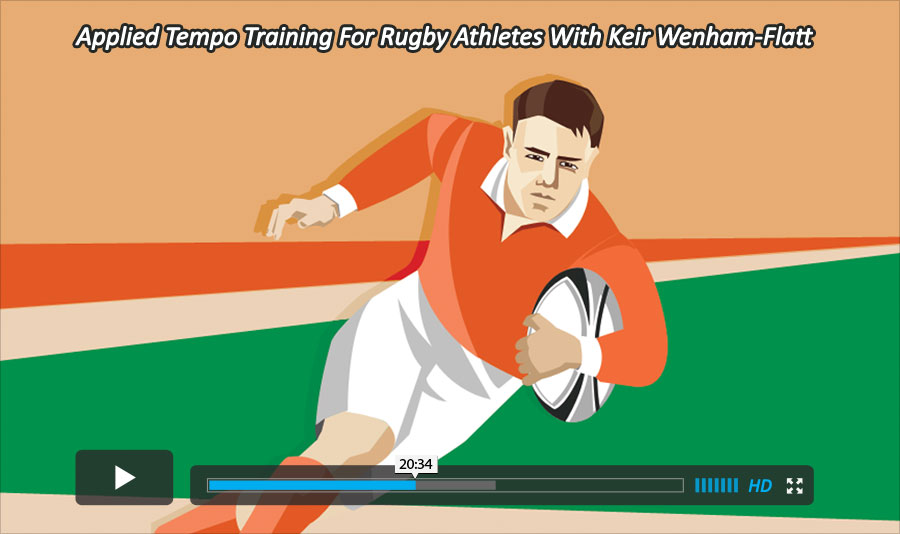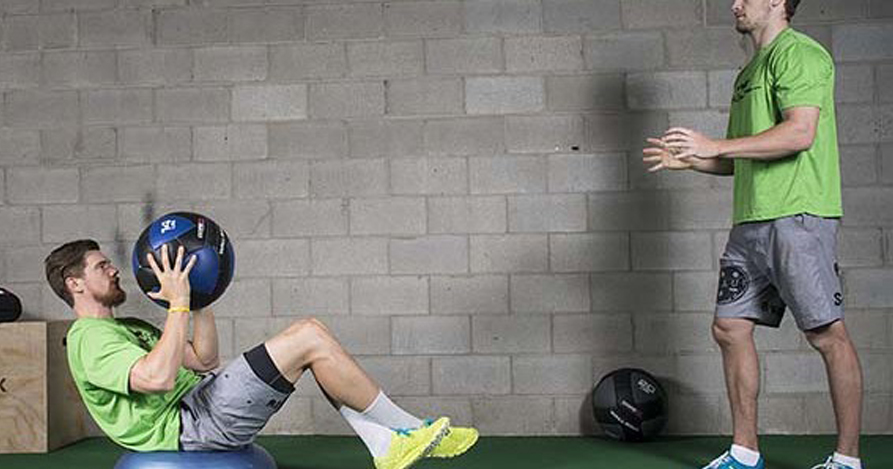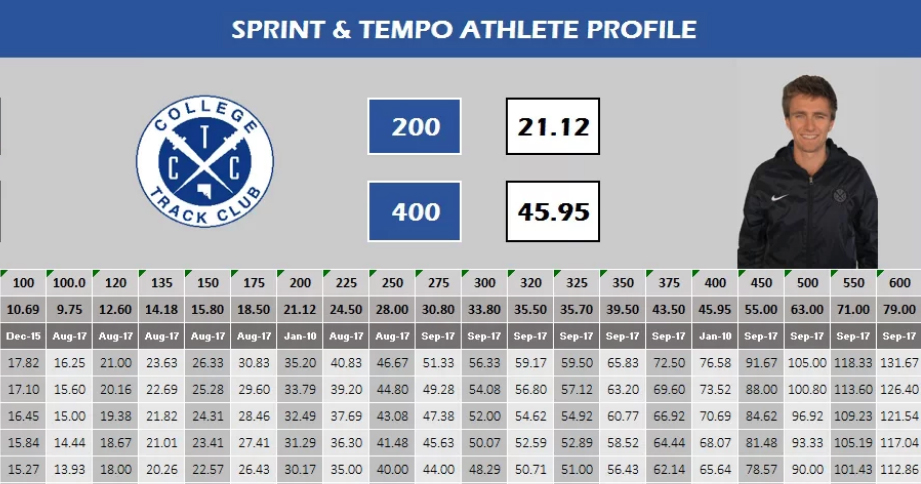Applied Tempo Training For Rugby Athletes [Webinar Replay]
The webinar this month will be presented by Keir Wenham-Flatt. Keir is a rugby strength and conditioning specialist who has worked with professional teams on 4 different continents. He decided to share his remarkable video presentation with us and I would like to thank him for that as well as for being a Complementary Training member.
Introduction
I have been working a lot recently on implementing tempo training as the primary tool for conditioning my athletes here at Toshiba. This is for a few different reasons:
- Lack of HR monitors
- A need to condition all my guys at once
- A lack of off-feet training equipment- if they have to run, it might as well be tempo
- Most importantly I have been changing my thinking and decided to give this approach a proper try
The following presentation is an introduction to tempo training, the possible mechanisms by which it works, the value of tempo versus a traditional conditioning tool like MAS running, an examination of classic T&F tempo recommendations, why that isn’t necessarily smart in rugby and what to do about it, and lastly to share with you the current model of tempo running that I am using with my athletes.
Not pictured in this presentation (for purposes of data protection/company policy- I can’t make our numbers public) is the effects of this training on our conditioning as a team. Since implementing this approach we broke all of our clubs records since using GPS in our first league match this year (distance, high speed running and high intensity accelerations). Similarly many players have broken their own personal bests for these metrics in a match, most notably a player who ran over 1000m more than his previous best, whilst weighing 5kg more.
Though there are many factors that will likely have contributed to these increases, the level of opposition, weather, pitch dimensions etc. are all consistent from last year, as are strength and power. The big differences this year are speed and conditioning i.e. we actually do them properly now. I attribute a proportion of these changes to the use of tempo, and I am excited to see how this system can be refined over my remaining time at the club.
Please let me know what you think of the presentation and direct your questions to this thread.











Responses